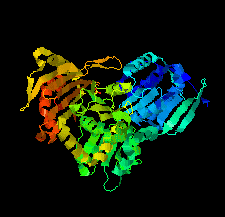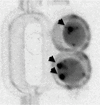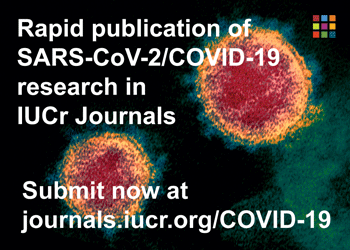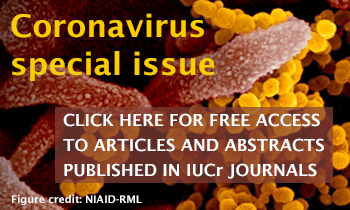issue contents
May 2022 issue

Cover illustration: Phosphoglucomutase 1 plays a central role in glucose homeostasis in human cells and the disease-related variant T337M is one of two variants that has been studied by Stiers et al. [(2022), Acta Cryst. F78, 200–209] in relation to inherited enzyme disorders.
research communications
Open  access
access
 access
accessThe recombinant production, crystallization and high-resolution X-ray crystal structure of the isolated extracellular kringle domain of human receptor tyrosine kinase-like orphan receptor 1 are reported, together with its comparison with previously solved three-dimensional structures of other kringle domains and their complexes with antibody fragments.
Open  access
access
 access
accessCENP-SX is a histone-fold complex that is involved in chromosome segregation and DNA repair. Biochemical and crystallization analysis suggested that multiple molecules of CENP-SX may be involved in DNA binding.
Two variants of the enzyme PGM1 associated with human inherited disease were characterized, providing insights into their molecular pathomechanisms. Despite similar effects on protein stability and enzyme activity, crystal structures show diverse structural impacts due to the mutations.
The crystal structure of the PX (phox homology) domain of the Saccharomyces cerevisiae Vps17p protein was determined. The absence of basic residues around the canonical binding site suggests an inability to bind phosphatidylinositol phosphate molecules.
PDB reference: PX domain of S. cerevisiae Vps17p, 7x4o


 journal menu
journal menu
















![[publBio]](/logos/publbio.gif)





